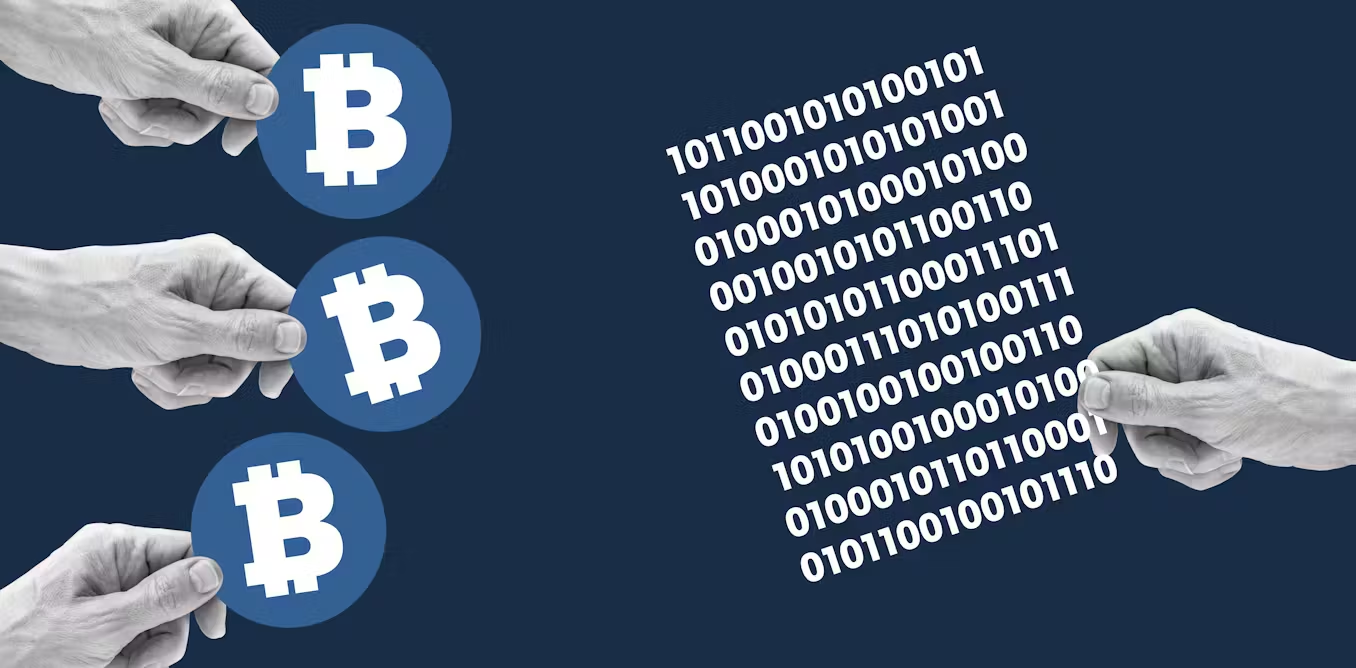In the murky corners of the internet, hidden behind encrypted gateways and protected by layers of anonymity, lies a growing ecosystem where cybercriminals thrive. One of the most prominent players in this underground lukicrown.to economy in 2025 is LukiCrown.to, a darknet marketplace specializing in stolen financial data—especially credit card dumps.
This blog explores how cybercriminals use LukiCrown.to to profit from stolen card data, how the marketplace operates, what products it offers, and why this platform has become a major hub for fraudulent financial transactions.
What is LukiCrown.to?
LukiCrown.to is a Tor-based dark web marketplace that provides access to stolen credit card data, including track 1 and track 2 dumps, CVV2 sets, fullz (complete identity info), and banking credentials.
Launched with a focus on high-quality data and verified vendors, LukiCrown.to caters to both novice fraudsters and professional cybercriminals by offering:
- A clean, easy-to-navigate interface
- Verified dumps with high approval rates
- Escrow-protected transactions
- Real-time vendor communication via encrypted messaging
- Fresh data categorized by card type, region, and limit
In 2025, it has become one of the go-to platforms for financial data fraud, supporting a global black-market industry worth billions.
What Are Card Dumps and CVV2?
To understand how cybercriminals make money from platforms like LukiCrown.to, you need to grasp the basics:
- Card Dumps: These are digital representations of data extracted from the magnetic stripes or EMV chips of credit/debit cards. They often include Track 1 and Track 2 data, which can be used to clone physical cards or perform card-present transactions.
- CVV2: This refers to the Card Verification Value, the 3-digit code on the back of a card (4-digit on the front for AMEX). CVV2s are essential for card-not-present (CNP) transactions, like online shopping.
- Fullz: Complete personal data sets, often including name, address, phone, Social Security Number, date of birth, driver’s license, and more—useful for identity theft or synthetic ID fraud.
How Cybercriminals Profit from LukiCrown.to
Once cybercriminals purchase stolen card data from LukiCrown.to, they use various methods to turn that data into profit. Here’s how the process typically unfolds:
1. Card Cloning for In-Store Fraud
Using card dumps, criminals can replicate physical credit cards using a magnetic stripe encoder. These cloned cards are then used at physical stores—especially ones with outdated POS systems that don’t require lukicrown chip authentication.
Common purchases include:
- Gift cards
- Electronics
- Jewelry
- High-end clothing
- Fuel
These items are then resold for cash or crypto, generating quick profits.
2. Online Purchases with CVV2 Data
CVV2 dumps are used to make fraudulent purchases on e-commerce websites. Cybercriminals exploit weaknesses in online checkout systems, sometimes using bots to rapidly test card numbers until one works.
Typical purchases:
- Electronics
- Digital subscriptions
- Airline tickets
- VPN services
- Virtual gift cards
These goods are either resold or used as part of a larger fraud scheme (e.g., setting up fake businesses or reshipping operations).
3. Cashouts through Money Mules
Fraudsters often pair stolen card data with money mules—individuals who unknowingly or willingly help launder stolen money.
The process may look like this:
- Purchase items or transfer funds using stolen cards
- Ship the goods to the mule’s address
- Mule resells or transfers the funds to the fraudster’s wallet or account
In exchange, the mule keeps a small cut, while the criminal remains anonymous and earns the majority of the proceeds.
4. Selling Data to Other Criminals
Some users of LukiCrown.to don’t commit fraud directly. Instead, they buy in bulk and resell to less experienced cybercriminals at a markup—creating a profitable middleman role in the black-market economy.
These “resellers” may also package dumps with tutorials or offer “starter kits” for new fraudsters, further monetizing the stolen data.
5. Using Fullz for Identity Fraud
Fullz data can be used to:
- Open fake bank accounts
- Apply for loans or credit cards
- File fraudulent tax returns
- Conduct social engineering attacks
- Register SIM cards or burner phones
These actions are often part of larger, long-term fraud operations, especially in regions with lax ID verification laws.
How LukiCrown.to Facilitates These Operations
LukiCrown.to is designed specifically to support this ecosystem by providing:
• Verified Vendors
All vendors go through a vetting process. Verified sellers must maintain high approval rates and refund any invalid cards, creating trust within the community.
• Detailed Listings
Buyers can filter stolen card data by:
- BIN (Bank Identification Number)
- Card Type (Visa, MasterCard, AMEX, etc.)
- Country and region
- Limit range
- Card issuer (Chase, Citi, etc.)
This allows targeted purchases based on the fraudster’s operational plan.
• Cryptocurrency Payments
Payments are processed in Bitcoin, Monero, and Ethereum, ensuring anonymity and reducing traceability.
• Escrow and Refund Policies
Funds are held in escrow until the buyer confirms successful use of the dumps, reducing scams and boosting buyer confidence.
• Support Forums and Tutorials
The marketplace also features forums where users share carding tutorials, offer technical support, and exchange success stories—essentially training the next generation of cybercriminals.
The Scale of the Problem in 2025
Cybercrime has evolved into an industrial-scale operation, and dark web stores like LukiCrown.to play a central role in enabling fraud across the globe.
According to cybersecurity analysts in 2025:
- Carding-related losses now exceed $35 billion annually worldwide
- Over 100 million stolen cards are actively traded across markets like LukiCrown, RussianMarket, and others
- New fraud tools using AI bots and automation have accelerated the speed and scale of attacks
LukiCrown.to’s rise highlights how even relatively new marketplaces can gain global influence quickly when they offer trust, quality, and operational security.
Law Enforcement Challenges
Authorities face immense challenges in shutting down marketplaces like LukiCrown.to:
- Hosted on Tor, beyond the reach of traditional internet takedown mechanisms
- Protected by encryption and decentralized hosting
- Funded by anonymous cryptocurrencies
- Staffed by global actors, often operating across jurisdictions
Even when law enforcement identifies a server or vendor, taking down the entire platform requires time, international cooperation, and technical sophistication. As a result, these platforms often re-emerge under new domains or aliases.
Final Thoughts: A Hub of Modern Digital Crime
LukiCrown.to is not just a marketplace—it’s a modern financial crime engine. It provides cybercriminals with the tools, data, and infrastructure to carry out fraud on a global scale. From card cloning to digital identity theft, the services enabled by this marketplace impact banks, businesses, and individuals around the world.
For cybercriminals, LukiCrown.to is a lucrative opportunity. For the rest of us, it’s a reminder of the growing sophistication of underground digital markets—and the urgent need for stronger cybersecurity, identity protection, and international cooperation to combat this ever-evolving threat.










